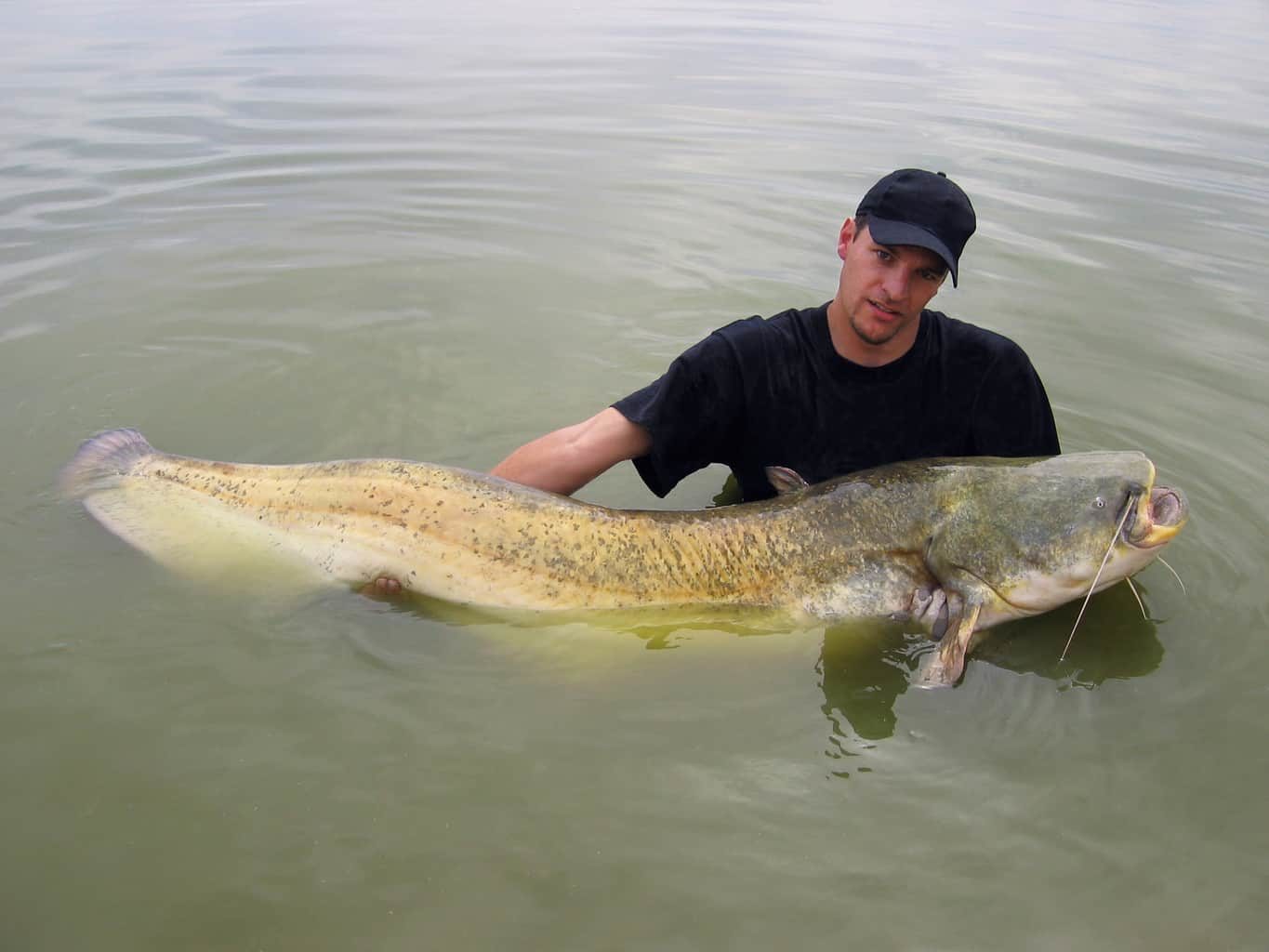
Portuguese researchers captured a rare frilled shark on a trawler while working on a project to reduce unwanted commercial fishing catches.
The prehistoric shark was called a “living fossil” by the country’s Institute for the Sea and Atmosphere because remains from the shark were dated back 80 million years.
Rarely caught, these sharks get their name from the frilled arrangements of its 300 teeth that allow it to catch squid, fish, and sharks.
These sharks have a long, skinny body and very little is known about them since they live at such great depths in the ocean. The first scientist to study the shark, Samuel Garman, believed the snake-like appearance of the shark is the inspiration behind sailors’ stories about sea serpents.
News release via aman-aliance.org:
“A frilled shark, a species that is often termed a ‘living fossil’ because of several ‘primitive’ features that have survived for millions of years, has been captured off the coast of Portugal’s Algarve region, the country’s meteorological and sea institute has announced.
The animal was a male, 1.5 metres in length, and was fished in August at a depth of 700 metres, the Portuguese Institute for the Sea and the Atmosphere (IPMA) said in a statement released on Monday.
Researchers from IPMA and the Centre for Maritime Sciences recorded the catching of a shark “with unusual features” by a commercial trawler, as part of an “initiative to minimise undesirable catches in European fisheries.”
The frilled shark is found across the Atlantic, including off the coast of Norway and in the waters of Scotland, Galicia in Spain, the Azores, Madeira and the Canary Islands, as well as in the Indian and Pacific Oceans, namely off Japan, Australia and New Zealand. It is rarely caught because it lives at great depths.
Fossils of the same species have been found that data back millions of years.”







